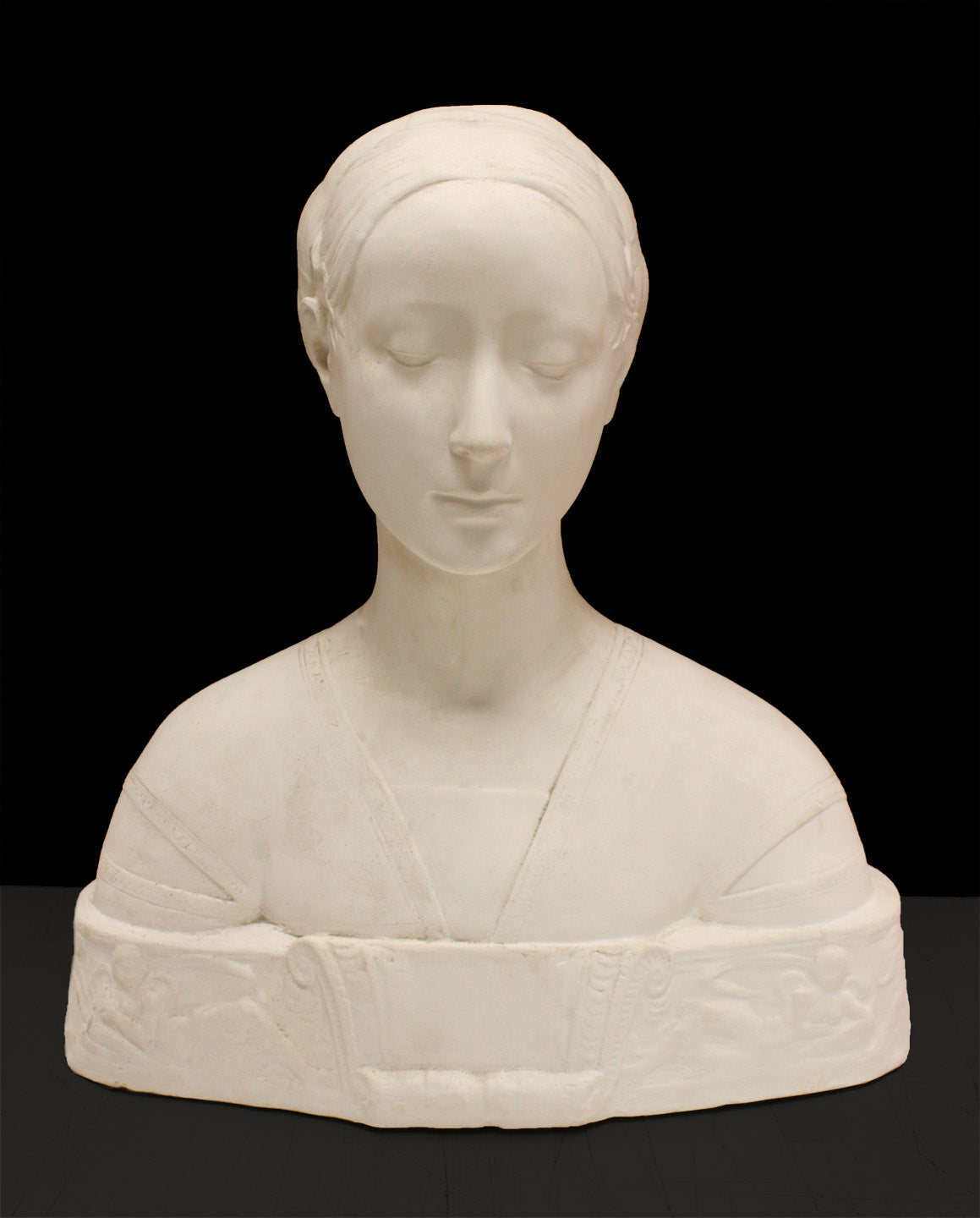A Look at The Sculptor’s Way: A Guide to Modelling and Sculpture by Brenda Putnam
“The sculptor, as a poet, must have a wide vocabulary to choose from if he hopes to find the significant word that will attract and hold the attention of his hearers.”
–Brenda Putnam
In The Sculptor’s Way, Putnam addresses a certain readership from the start: “The later and more advanced chapters will probably be most useful to a rather special class of student: namely, the girl sculptor. She has, as yet, no way (except possibly through expensive private lessons) of augmenting her art school studies by apprenticeship in a sculptor’s studio.” Of course times have changed since the original publishing date in 1939, with leading female sculptors who have made an impact in the last century such as Malvina Hoffman, Louise Bourgeois, Ursula von Rydingsvard and Katharine Lane Weems. But there still are people who don’t have the means or opportunity for formal study, so the words are still relevant in a broad sense.
No matter the avenue of study, The Sculptor’s Way guides the eager student from copying simple forms in clay to the modeling, molding and casting the complex and intricate human figure. A great American sculptor of her time, Putnam’s work can be seen at Brookgreen Gardens in South Carolina, the Folger Shakespeare Library in Washington, DC and the Fogg Art Museum in Cambridge, MA. Though her style is influenced by the Art Deco movement, the timeless lessons are applicable to anyone.
Putnam begins by instructing the student to model from nature and geometric forms. She likens learning form to a pianist learning his scales. Even Rodin, she points out, apprenticed for five years for an ornamental modeler.
Next she instructs in the art of copying plaster casts. Putnam says, “…some careful copying is essential at this stage for eye and hand must still be trained, in order that their clumsiness will not later on impede the flow of ideas.” She explains that copying is a great way to practice using your tools and training your eyes, and that it’s easier to start by observing a static object.

Putnam recommends Alice Decker’s Animal Studies as a starting place for the student for their delicate geometric forms (we are adding these back to the collection as we can, so stay tuned).

Putnam also showcases the Eye and Mouth by Michelangelo for their illustration of the curved planes found in nature. “For generations it [Michelangelo’s Eye] has become the standard for the student of sculpture.” She goes deep into the description and analysis of their form in the text.
Putnam reminds the student, “Model in a good strong light that will accentuate the richness of the modelling. And do not forget to change this light frequently as you work, having it fall first from one side and then from the other, by moving your stand.” She also instructs other good basic skills such as walking away from your work to inspect from a distance.

Putnam is not shy to give the student a more challenging project. She says, of copying a bust, “It is not to be expected at this stage of your career you will be able to make a true copy of anything as difficult as a portrait bust. But what you can try for is a sound construction of the principal masses—head, neck and shoulders, all of which are founded on geometrical units.” She allows the student to copy the Bust of a Little Boy by Desiderio Da Settignano (referred to as Head of Child) after they have mastered the angular planes of a bust like that of Verrocchio’s David.
There are many wonderful exercises in the book, including one involving figure composition with pipe cleaners, so the curious artist might want to get their hands on a copy to flip through. But we will share with you one final thought from Putnam: “The professional sculptor must be prepared to be on his feet all day long, wrestling with obdurate materials. He must also have the moral strength born of self-control and learn to be patient for months on end, waiting for commissions to materialize.”
Other casts pictured in this book:
Want content like this delivered to your inbox? Sign up for our newsletter!

